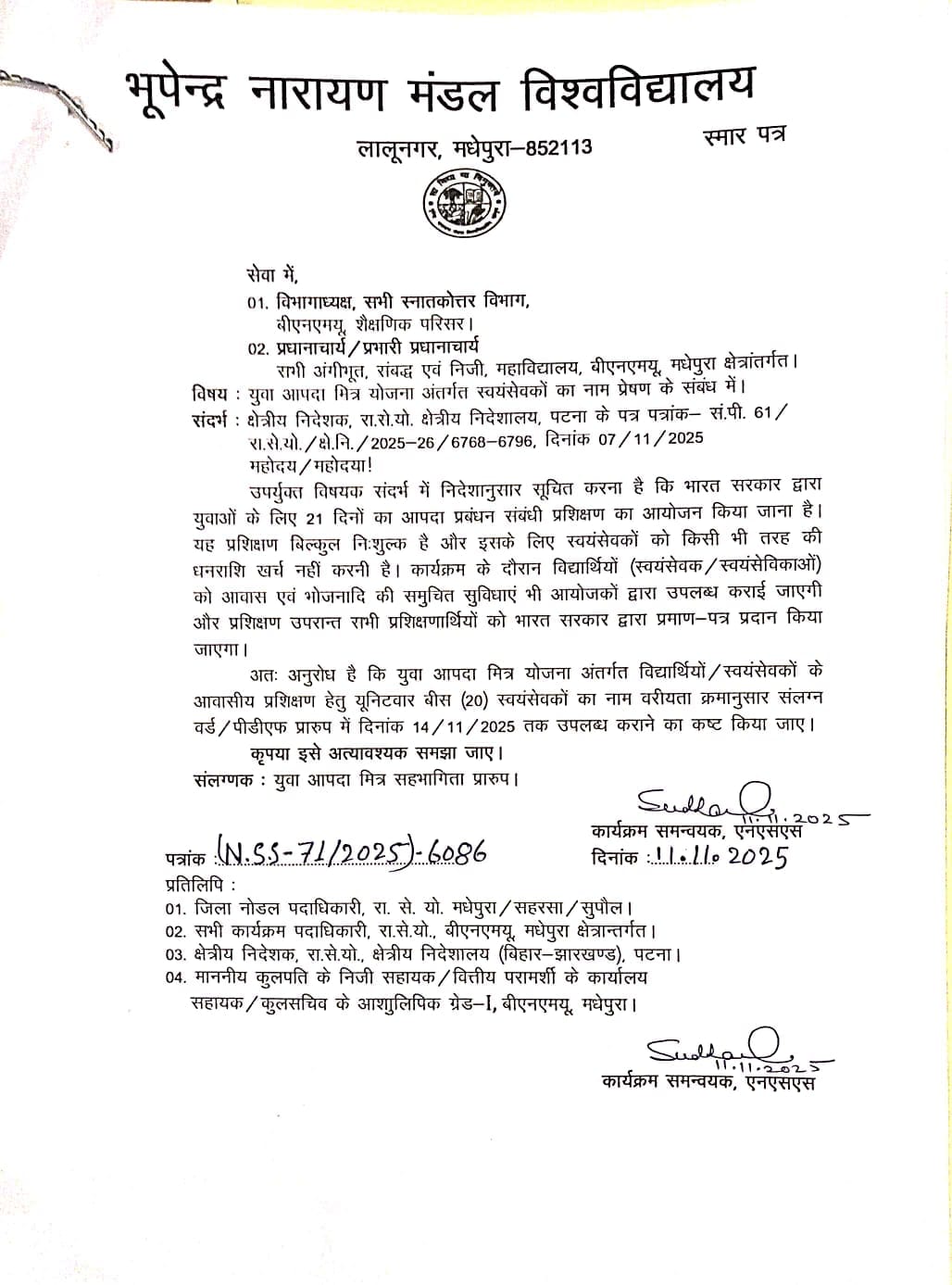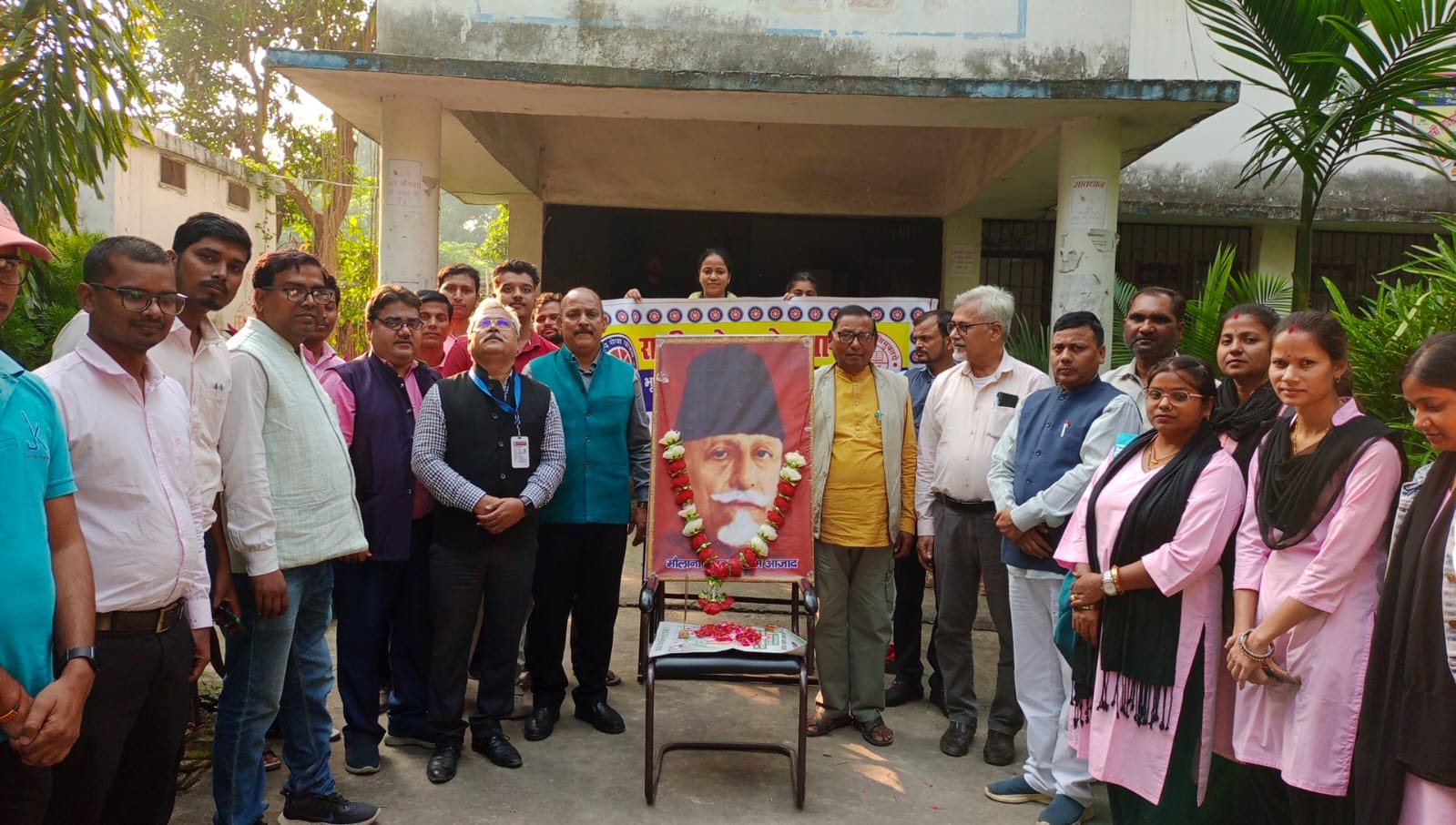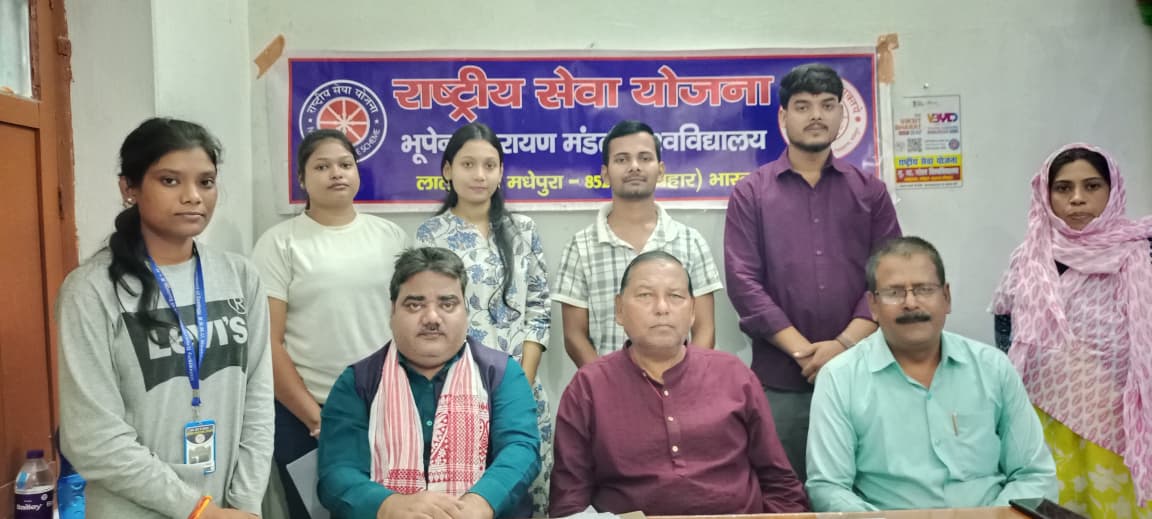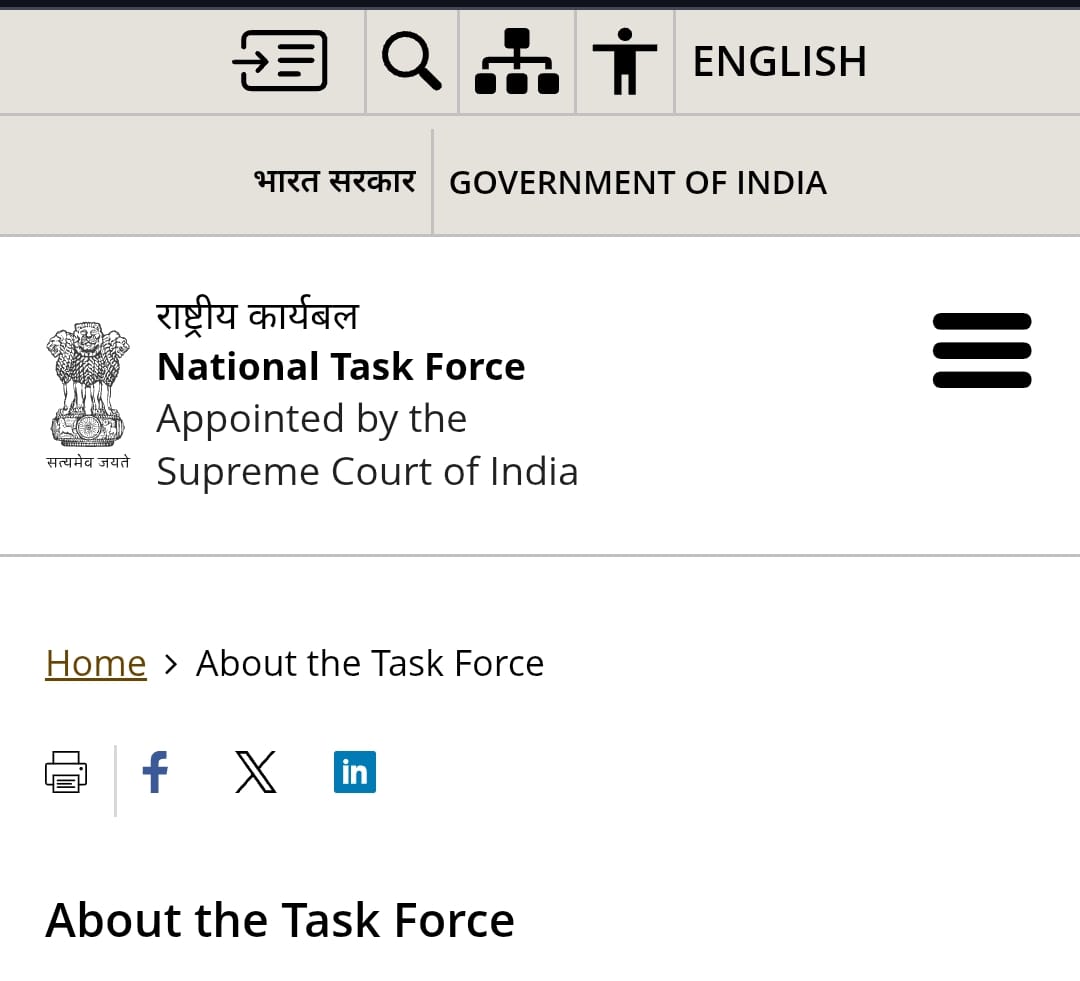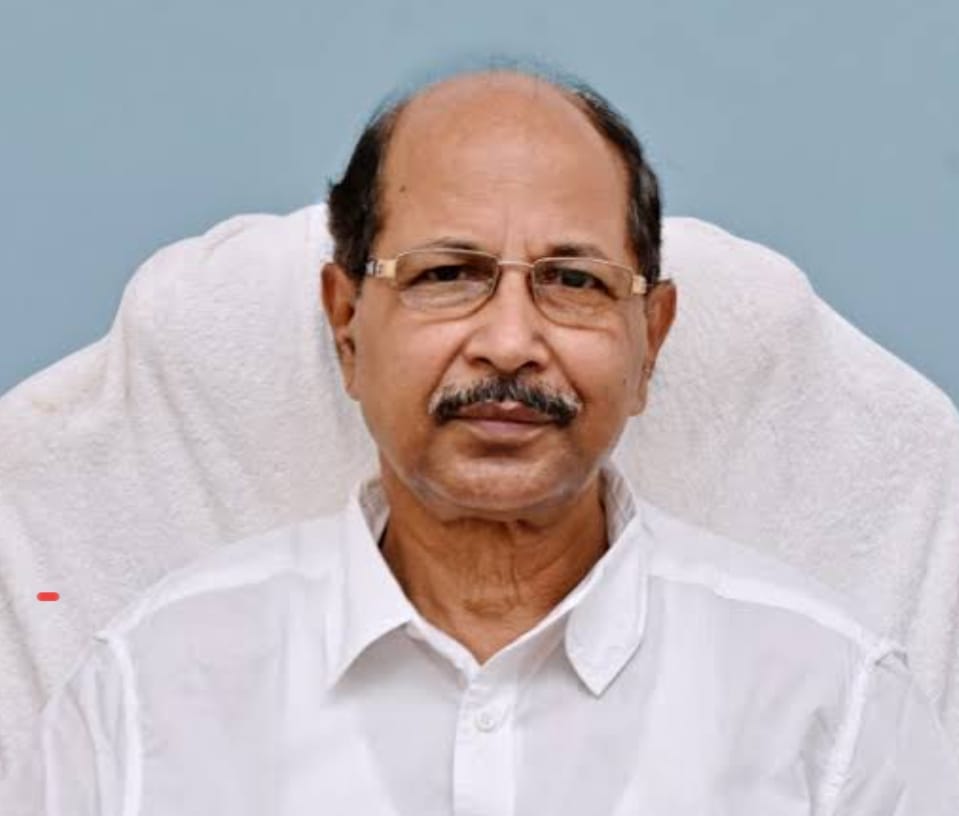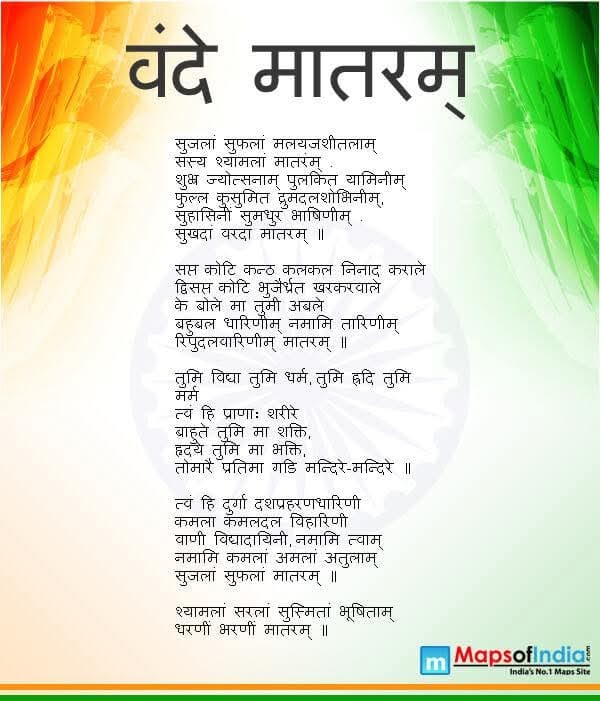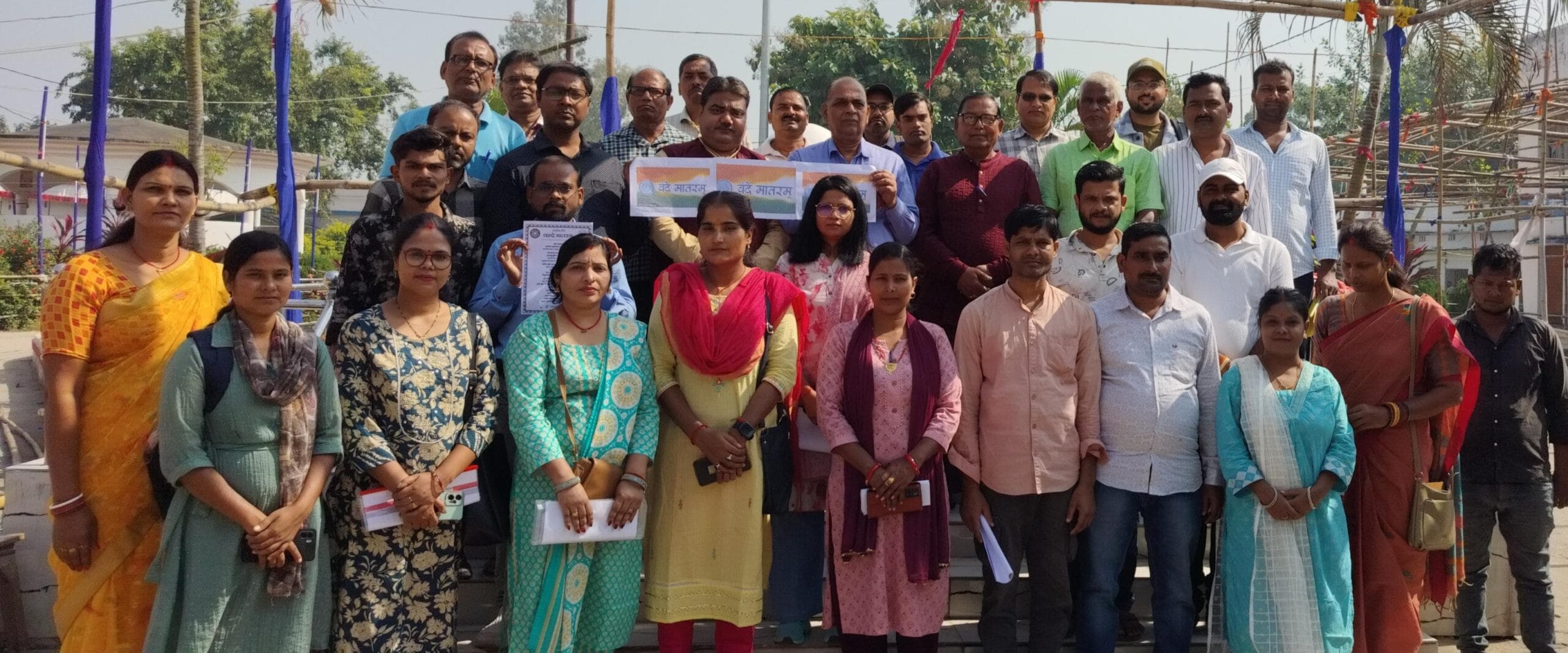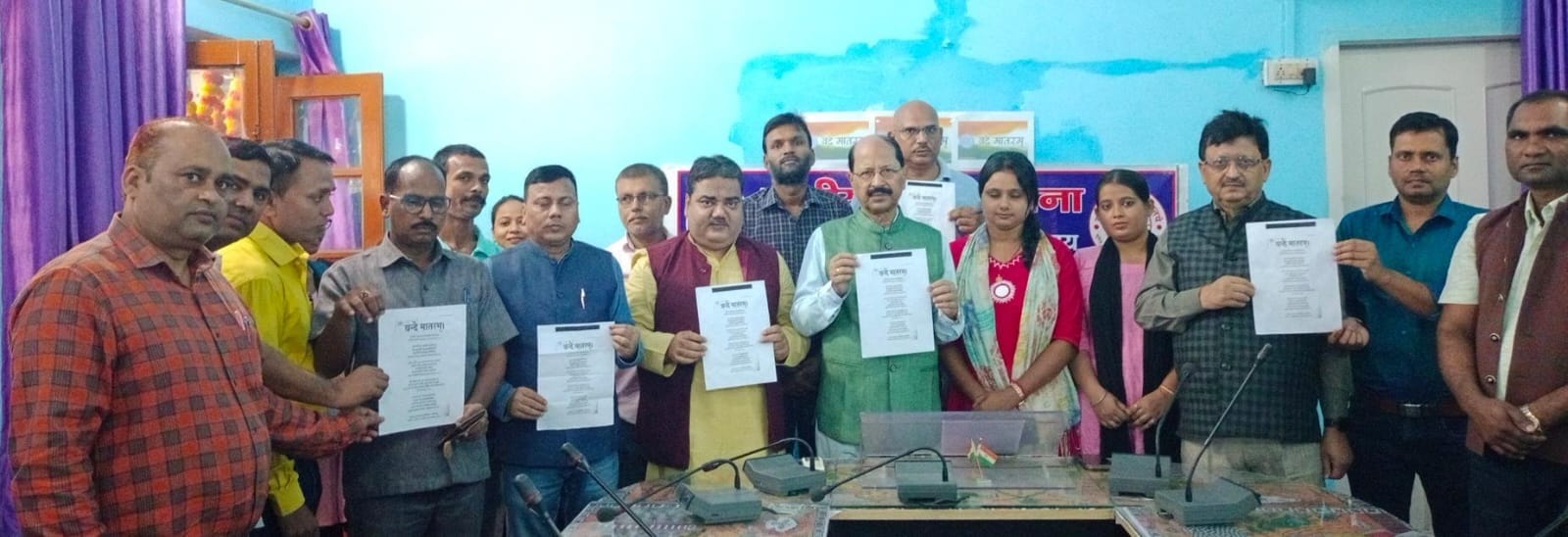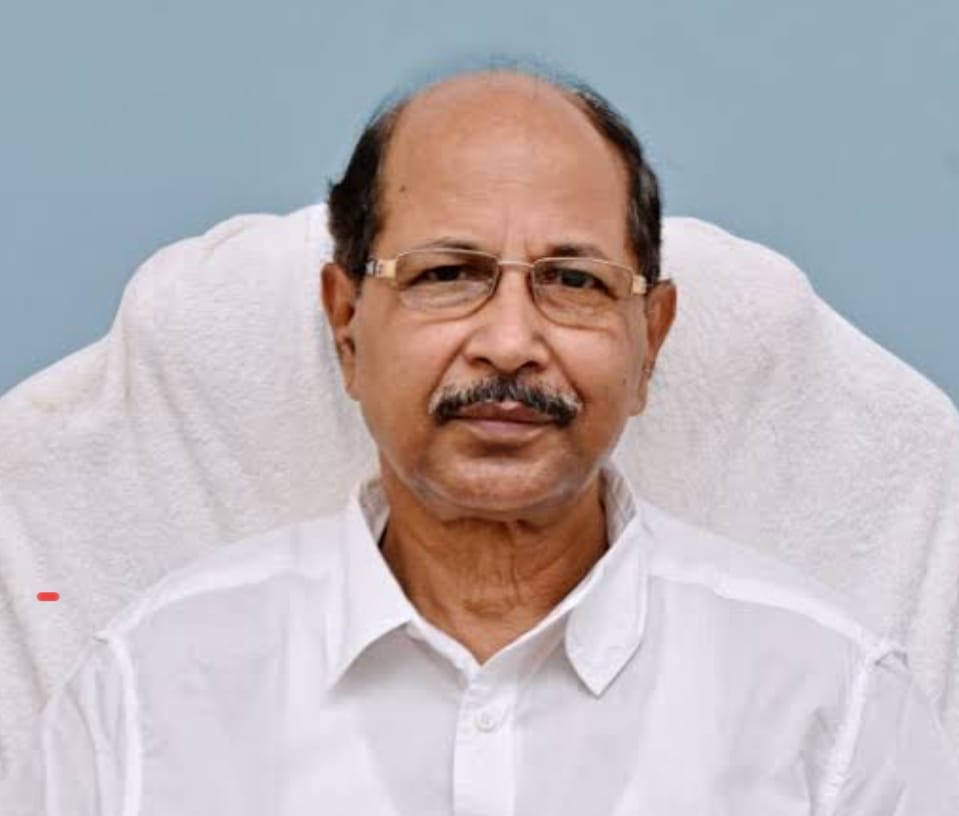Delay in Indian Judicial System: Causes and Remedies
VIBHA DUTTA, M.A., NET-JRF, P.G. Department of Political Science. T.M. Bhagalpur University, Bhagalpur, Bihar
The constitution of India through its Preamble, has guaranteed to its citizen ‘justice’- economic, political and social. But even after 70 years of independence achieving substantive justice for vast majority of the citizen has remained a distant dream. It is said that “justice delayed is justice denied”. Judicial delays are a blot on judiciary. With more than 3.5 crore cases pending in the various courts, the judicial system of India can hardly be described as satisfactory. This delay in delivery of justice is one of the greatest challenge before the judiciary. Such delays tend to favour dominant section at the cost of marginal sections which reflects its inegalitarian and anti- democratic outcomes. Judicial ineffectiveness is to a greater extent responsible for the increase in crimes like rape, murder, looting, cheating and so on.
The Supreme Court in its Kartar Singh vs. State of Punjab (1994) judgement had remarked- speedy trial is a component of personal liberty under Article 21 of Indian Constitution. Thus speedy justice is a right of every litigant.
The Satish Chandra Committee Report and the Arrears Committee Report (1990) has comprehensively analysed the several factors which have given rise to the problem of accumulation of arrears of cases in the Indian Judiciary in such gigantic proportions. The primary factors contributing to docket explosion and arrears are as follows:
- Inadequacy of judge strength and judge-population ratio: The number of judges in India is highly disproportionate to the population. The population of our country is over 130 crores. The number of judges per million population is 19 judges. This is against an average of 50 judges per million population in developed countries and 35-40 in some developing countries.
- Population explosion: The increase in litigation is directly related to the population explosion in India.
- No fixed period for disposal of cases: There is no fixed time limit for disposal of cases. Therefore the judges, lawyers and even the litigant take it for granted that there is no urgency to finish the case.
- Role of Judges : Discipline among the judges is necessary to improve the quality of the justice system. Absenteeism from courts on slightest pretext, non- adherence to court hours and lack of punctuality result in delay and accumulation of cases.
- Role of lawyers : Lawyers also play an important role in justice delivery system. But, they are also responsible for delay in judicial system due to various reasons, like- strikes, taking adjournments on frivolous grounds etc. Grant of frequent and unnecessary adjournments prolongs the length of the litigation. With every adjournments the process become costly for the litigant and for the court; but the lawyers get paid for their time and appearance.
- Change in pattern of litigation: In the post- independence period, the adoption of the welfare constitution was an instrument in facilitating a steady increase in the number of cases filed. The welfare goal of Indian Constitution had brought significant changes in the scope of litigation in India. The judicial institutions were made more accessible to the common people with the growing legal awareness and facilitated with the rise of public interest litigations and legal aid provisions.
- Rise of numerous legal rights and obligations: The post-independence period had witnessed enacting of various legislation, dealing with social welfare programmes, economic affairs, environmental laws, Corporate affairs, etc., which have given rise to numerous legal rights and obligations, and consequently caused increase in the number of litigation in society.
- High number of government litigation: It has been estimated that around 50 percent of the total cases pending are involving the government and its various authorities. The main reason for increasing government litigation is numerous public service provided by the state and its various agencies. Writ petitions, land acquisition matters etc., are other factors responsible for increasing government litigation.
Poor infrastructure in courts, absence of computerized record, complexity and rigidity of laws, strikes and non-appearance of lawyers, closure of courts, etc., are some other factors responsible for delay in judicial system. An increase in crime against women and increase in the reporting of criminal activities, have contributed to rise in the workload of the judiciary.
Delay in judicial proceeding and delay in providing justice to the masses, always have long-lasting implications in the society. Some of such important consequences are as follows :
- Hatred and repulsion in society towards the law : when litigation and cases are decided by the courts after too much delay, it gives rise to a feeling of hatred and repulsion in the society towards the law of the land. This gives rise to the problem of frequent violation of laws because people think that violation of law always go unpunished.
- Faith of Public is shaked in the Judiciary : The public faith and respect for law in the minds of people and the masses of a nation are the backbone of administration of justice of a nation. But unfortunately, the faith has been shaken by events of the last couple of years. The custodial killings of Hyderabad rape murder accused in December 2020 and its celebration shows Indian Judiciary is in crisis.
- Overcrowding in Prisons : Prisons in most part of India are overcrowded. The number of prisoners is increasing day by day. While the capacity of the jail to inhabit remained the same. A very fatal effect of this overcrowding is that it does fail to segregate various categories of prisoners. This non-segregation of different categories of criminals, provoke petty criminals to do heinous crimes. This factor again contributes to the increase in new offences.
- Economic loss : Due to delayed decisions and judicial proceedings in courts, state also suffers from economic loss. Delay in disposal of cases effects the Gross National Product adversely. Whereas, quick disposal of cases can save millions of man-hours which are wasted near the courts in India. According to a study of World Bank, the growth rate of India has been decreased by 0.5 percent due to legal delays.
Class division between poor and rich people, extra judicial killings, health problem of prisoners, loss of national income and wealth, etc., are some other consequences of delay in judicial proceedings and delay in delivering justice to the people.
The average citizen has immense trust and confidence in the Judiciary. Thus, reforms both at lower and higher level of Judiciary are urgently required to keep the pillars of democracy strong and powerful.
Several Law Commission reports have given suggestion for reforms in the judiciary from time to time. However, little has been done to address this growing crisis.
Some suggestions for judicial reforms and for the remedy of judicial delays are as follows:
- Urgent need for filling of old vacancies : The Law Commission in its 120th report and apex court through its judgement has examined the problem of under staffing of Judiciary and recommended 50 judges per million of population instead of existing 10.5 judges per million.
- Need to extend the working days of courts : According to a study, the Supreme Court works for about 190 days in a year. High Courts work 232 days and the lower courts work 244 days. The Supreme Court and the High Courts are closed for about two months during summer, which is not justifiable. There is a need to extend the working days at all level of Judiciary, so that people can get justice on time.
- Fixing time limit: Time limit should be set for hearing a case and for giving decision.
- Limitation on adjournments: Adjournments should be limited to emergencies and exceptional cases, so that court can function properly.
- Strengthening basic infrastructure : Most of the subordinate courts lack basic infrastructure for judges, court staff and litigants. State and Union government should work hand in hand to address the shortage of basic infrastructure such as courtrooms and essential facilities for judges.
- Set up of Fast Track Court, Alternate Dispute Resolution mechanism, Lok Adalats, etc. : Alternate dispute resolution mechanism, fast track court, lok adalats, etc., should be explored on greater scale to reduce the burden of the Judiciary at all levels.
Some other options like plea bargaining, legal aid, regular family courts, etc., should be promoted to ease the huge burden on regular court channels and people can get justice.
Conclusion: Human hope has its limits and waiting for a long period of time is not possible in the current life style. Speedy justice is a prerequisite for maintaining the rule of law and order in society and delivering good governance. Timely decision creates fear in the minds of people and thus they do not violate the law. Delay in decision increase the morale of the wrongdoers and creates a sense of frustration among the litigants. Government should increase the expenditure on judiciary and fill up the vacancies. Supreme Court should reduce the number of leave and ensure the accountability of judges. Both the legislature and the judiciary must make every effort to bring judicial reform and to remove judicial delay.
References
Anand, A.S.,‘ Indian Judiciary and Challenges of 21st Century’. Indian Journal of Public Administration (1999)
Austin, Granville, ‘ Working of A Democratic Constitution: The Indian Experience’. Oxford University Press (1999)
Balakrishnan, Justice K.G., ‘Efficient Functioning of Indias Justice Delivery system’. 4 SCC 19 (2007)
Basu, D.D., ‘ Introduction to the Constitution of India’. LexisNexis Publication (2013)
Baxi, Upendra,‘ The Crisis of The Indian Legal System’. Vikas Pub. House (1982)
Ghosh, Yasomati, ‘ Indian Judiciary: An Analysis of the Cyclic Syndrome of Delay, Arrears and Pendency’. Asian Journal of Legal Education, 5(1), 21-39, Sage Publication (2017)
Government of India, Reports of Arrears Committee, 1989-90,Dakshindia.org›2016/08PDF
Jhunjhunwala, Dr.Bharat, ‘Arthvyavastha mein Badhak Sust Nyay Vyavastha’. Dainik jaagaran, Bhagalpur, page no. 10(2019, December 18)
Kartar Singh v. State of Punjab, 3 SCC 569 (1994)
Kumar, V.A.,‘ Judicial Delay in India : Causes and Remedies’. Journal of Law, Policy and Globalization, Vol 4 (2012)
https://www.indiaspend.com/india-spends-only-0-08-of-gdp-on-judiciary-crippling-reforms/
https://en.wikipedia.org/wiki/Judiciary_of_India
https://ecourts.gov.in/ecourts_home/



